Sunday Post: Why This Georgian House in Berkeley Is One of the Most Important Places in Human History
Introduction
Step into a remarkable journey through one of history's most significant locations - Dr. Edward Jenner's house in Berkeley, England. We take you inside the Georgian home where vaccination was born, from its slightly shabby but charming white facade to the glass-protected laboratory where Jenner conducted his revolutionary smallpox experiments. We share our personal observations with historical significance, bringing you face-to-face with the humble setting where a country doctor's curiosity changed the course of human history. From centuries-old grape vines to James Phipps' cottage, discover why this unassuming house in a quiet English village deserves its place among humanity's most important historic sites.
Member Update
We are now 168 paid members strong - welcome to the new members who have joined in the last week. We are getting so close to our goal of 200 members. We have something in store in the next few weeks we hope will push us over the line so we can remove the Google Ads from Anglotopia. In the meantime, if you have any Anglophile friends, please tell them about the club!
Here are some highlights from the forum this week:
- Lockerbie - The Search for Truth
- Trailer Released for Miss Austen - New PBS Jane Austen Drama
- Free: All Creatures Great and Small Virtual Cast Event
- Enter the 2025 MASTERPIECE Getaway Sweepstakes!
- A Wing and a Prayer: The “Bloody 100th” Bomb Group of the US Eighth Air Force in Action Over Europe in World War II
- Any Peep Show fans?
Sunday Post: A Visit to Edward Jenner's House
The goal of the morning was to visit Berkley Castle. Unexpectedly, instead of learning much about the castle, we learned about the invention of vaccines. I’ll write about the visit to the castle in another article at some point, this week, I’m going to write about what we did after because it was far more interesting. The brochure given to us when we paid admission to the castle, showed that nearby was the house of Edward Jenner, along with a lovely Church.
Our visit to the castle was brief, simply because it was decorated for Halloween and overrun with fellow tourists, so looking at the map provided, we decided to follow the short path from the castle, to the churchyard next to it, explore the church, and then Edward Jenner’s house. I didn’t know much about Edward Jenner, other than that he developed the smallpox vaccine (and I only learned that that morning, when I was researching places to stop that day).
After exploring the church (it was lovely, but as with most small parish churches, there’s not much to write about it - other than to note that one interesting aspect was that there were still ghosts of the pre-reformation decorations still on the walls - rare in most churches these days), we headed over to the house. It was a lovely old white Georgian House, with its own car park.
The house was gloriously old, and it has seen better days. Considering its age, it’s in remarkable condition, but most would describe it as shabby. The white facade is broken yp bey fading yellow window frames, and a beautiful yellow and grand Bath stone entryway. Some of the windows had white shutters on them, closing off the rooms to damaging sunlight. The front door was wide open to welcome curious visitors. A gentleman greeted us at the door and directed us inside to buy tickets.
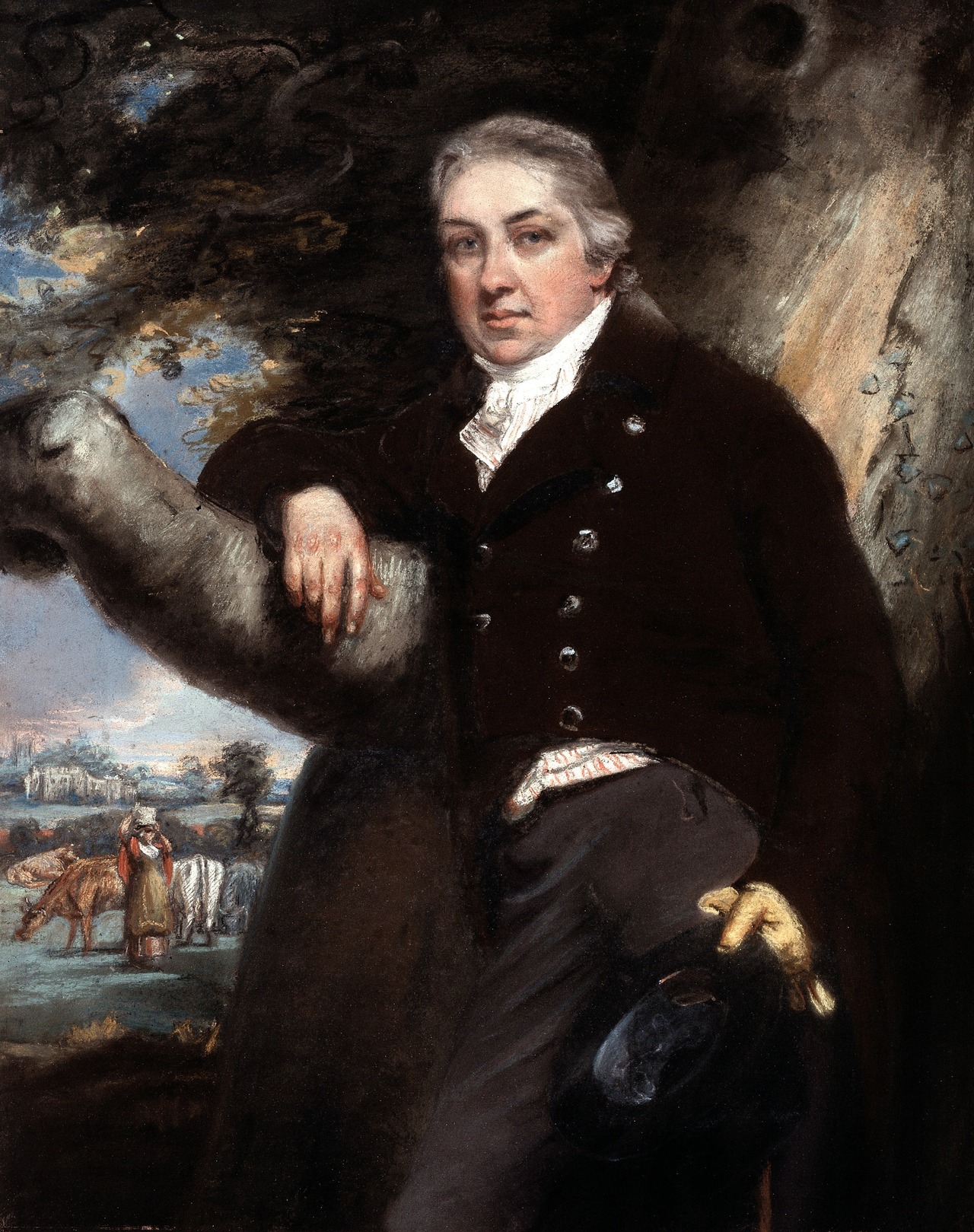
Edward Jenner was an 18th-century English physician who pioneered the development of vaccination and is often called the "father of immunology." Born in Berkeley, Gloucestershire in 1749, he began his medical career as an apprentice to a country surgeon before establishing his own practice in his hometown. Jenner was a pillar of the community - this rural place - far from the hustle and bustle of the nearest city Bristol, he settled into a life as a country doctor.
He was, it’s probably safe to say, the smartest man in town (and safe to say probably one of the smartest people who ever lived).
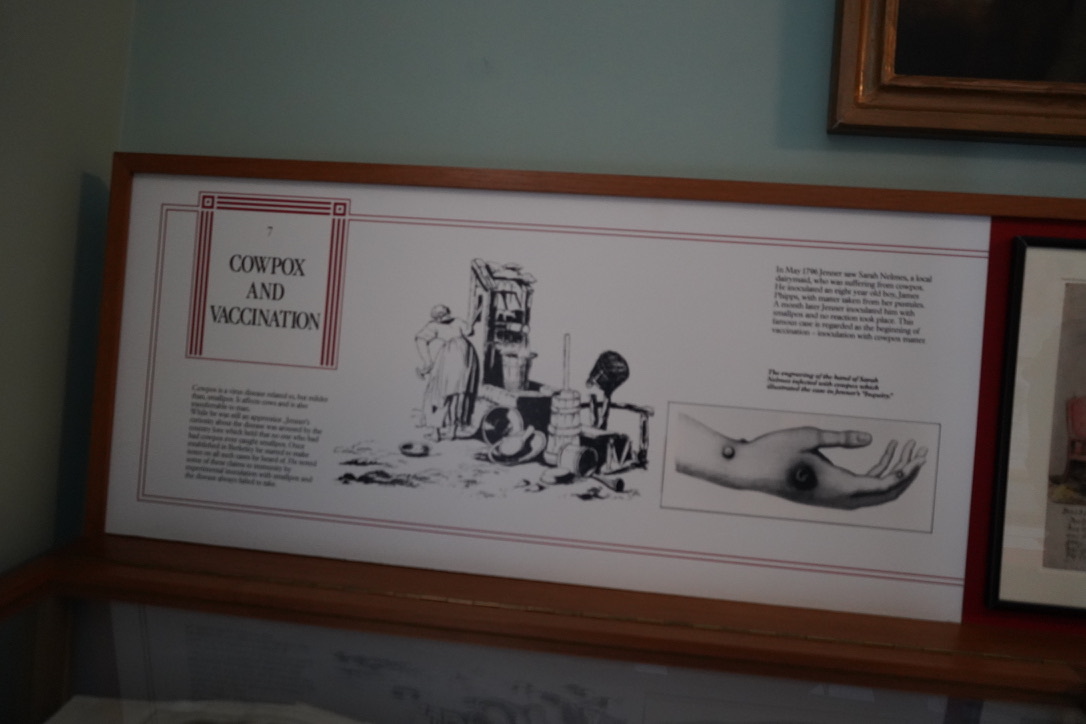
Jenner's groundbreaking work came from his observation of milkmaids, who seemed to be immune to smallpox after contracting the milder cowpox disease through their work with cattle. This led to his famous experiment in 1796, when he took material from a cowpox sore on the hand of milkmaid Sarah Nelmes and inoculated it into the arm of an 8-year-old boy named James Phipps. When Jenner later exposed Phipps to smallpox, the boy did not contract the disease, proving that cowpox could provide protection against the deadlier smallpox virus.
The significance of Jenner's discovery cannot be overstated. At the time, smallpox was a devastating disease that killed around 30% of those infected and left survivors with severe scarring and sometimes blindness. Initially, Jenner faced significant skepticism from the medical establishment, but his method gradually gained acceptance. He called his new procedure "vaccination," from the Latin word "vacca" for cow, due to the use of cowpox material. Jenner published his findings in 1798 in his work "An Inquiry into the Causes and Effects of the Variolae Vaccinae," and continued to promote vaccination despite ridicule from some quarters.
Jenner's discovery laid the foundation for modern immunology and vaccination programs. His work ultimately led to a worldwide vaccination campaign that resulted in the complete eradication of smallpox in 1980 – making it the first disease to be eliminated globally through human intervention. This achievement stands as one of the greatest successes in medical history and established the basic framework for the development of many other vaccines that have saved countless lives.
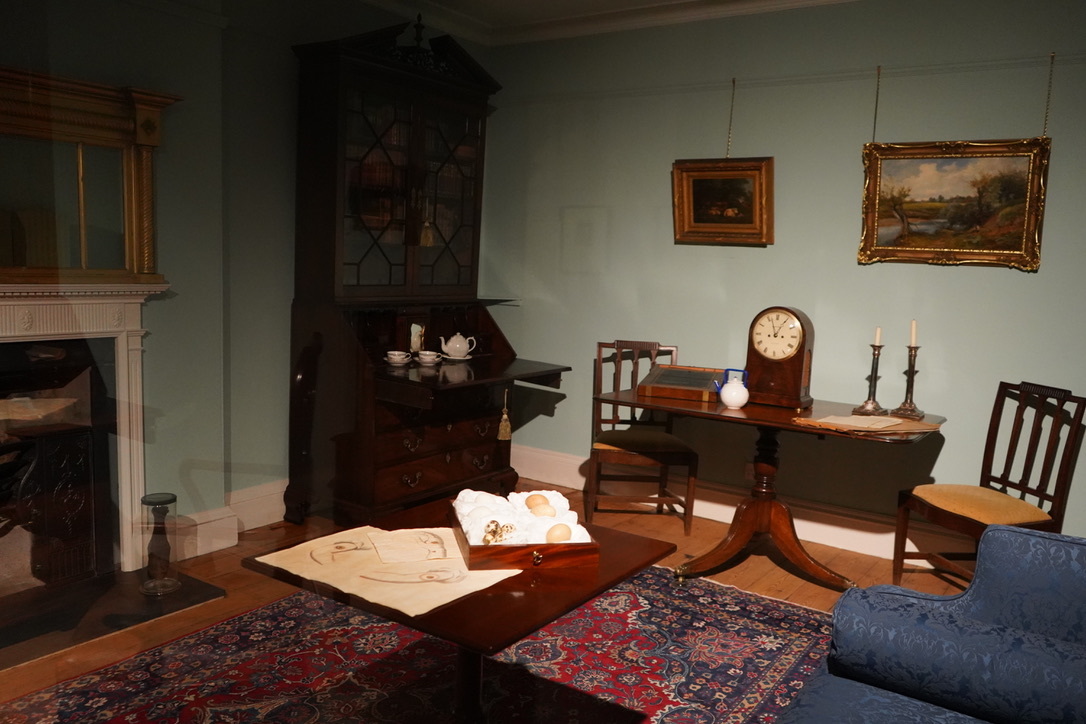
All of this history is told to you when you visit his house in Berkeley. It’s left largely as it was when he was developing his experiments on smallpox. Each room tells the story of his life and then how he discovered the revolutionary cure for one of history’s deadliest diseases. After we paid our admission, a kind gentleman gave us an overview of Jenner’s life and why he was important, then explained the best way to go about the house.
We explored each room on our own, and it builds to until you get to his lab, where he conducted his experiments. This room is so precious that it is kept safe behind glass. It’s very rare that you get to stand outside a room where one of the most important events in human history occurred. It’s a strange dichotomy. You expect major history to happen in grand places like palaces, cities, and castles. The castle was next door! A king was killed there! But here, in this rather ordinary Georgian house, the curious human mind pulled a thread it had never pulled before and changed the course of human history.
Following the suggested route of the stairs, there were more rooms with more displays about his life and philosophy. Rather interestingly, there was a section on the anti-vaccine movement, which sprang into existence as soon as Jenner developed his vaccine - showing that there has always been a movement to be skeptical of the latest scientific discoveries. Despite protests, compulsory smallpox vaccination was introduced in Britain, which eventually led to the almost complete elimination of the disease.
In these upstairs rooms, they have the very tools that Jenner used to administer his experiments (and one hopes the smallpox has been cleaned off them…). It is very rare for me to be standing in a place in complete awe of science and human ingenuity. I was so glad we decided to visit this special place, when I woke up that morning, I had no idea that I was to visit one of the most important places in human history. But that’s enough hyperbole for one article.
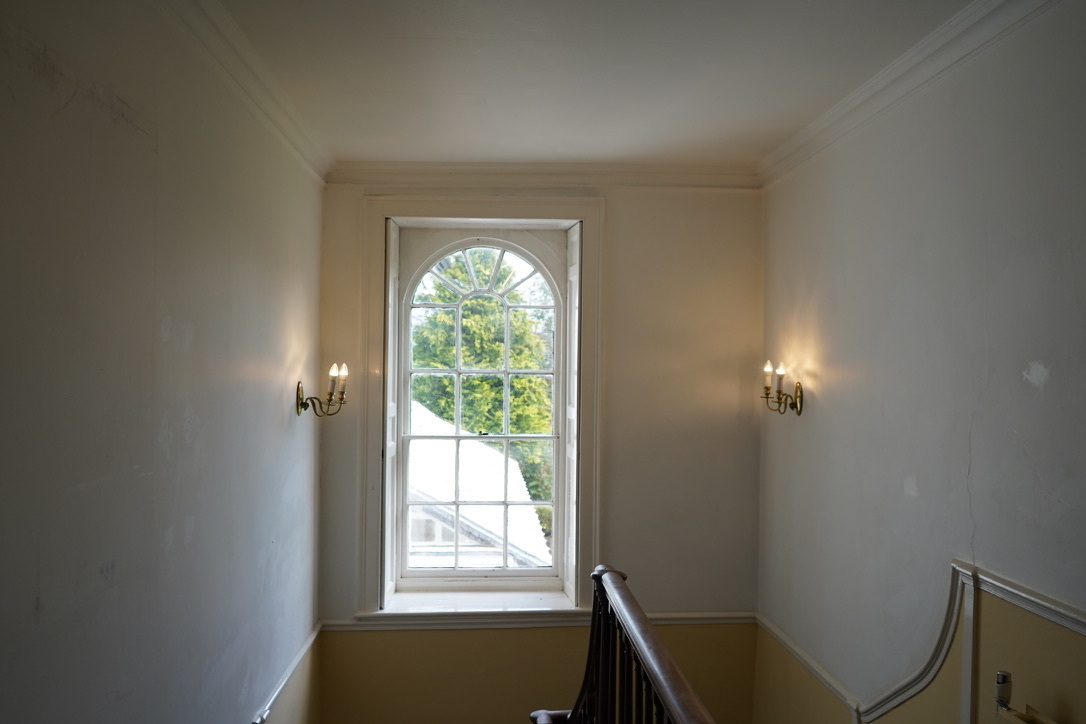
We finished exploring the rooms and headed back downstairs to the back garden. The museum also includes Jenner's original garden, which he used to grow medicinal plants (volunteers have restored it and planted useful medicinal plants). The property is managed by The Jenner Trust and continues to serve as an important historical site documenting the birth of immunology. It is open to the public and offers guided tours, educational programs, and special exhibitions related to medical history and Jenner's legacy.
The gardens are beautiful, and a lovely little place of calm in the village. In the greenhouse, there are grape vines that are descended from the vines at Hampton Court Palace - the grapes are still lovingly tended, though they looked like the harvest had already come through when we visited.
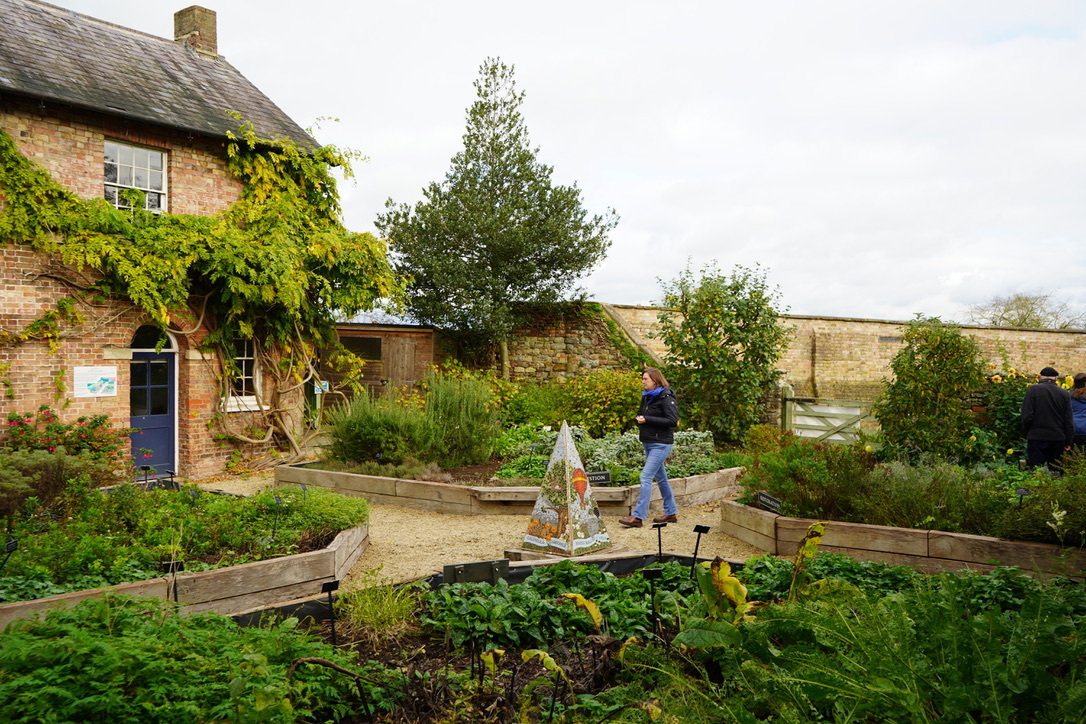
As we left the property, I reflected on what I’d just seen. There is just something so romantic and beautiful about the idea of a smart man, inhabiting this small village, far away from a large city, completely on his own - with no internet, TV, or radio, following his own curiosity and making a discovery that changed the world and the direction of human progress.
What a place. What a legacy. Though smallpox was not eradicated worldwide until 1980, his discovery was the first step in humans taking control of an aspect of nature that wanted to kill us. It’s understandable that one of the grandest monuments in Gloucester Cathedral (which I wrote about last week) is the statue of Edward Jenner, placed there in 1825, two years after his death.
We decided to have a wander around the village before we departed - because why not? Nothing makes me happier than exploring an English village. The village was completely quiet and silent, it was a joy. Beautiful little colored houses lined the streets. No traffic. The only sounds were the birds. As we headed back to the car, we walked by a cottage and read an interesting plaque. It said: “This cottage was left to James Phipps by Dr Edward Jenner in recognition of his having been the first person that Dr Jenner vaccinated against smallpox.”
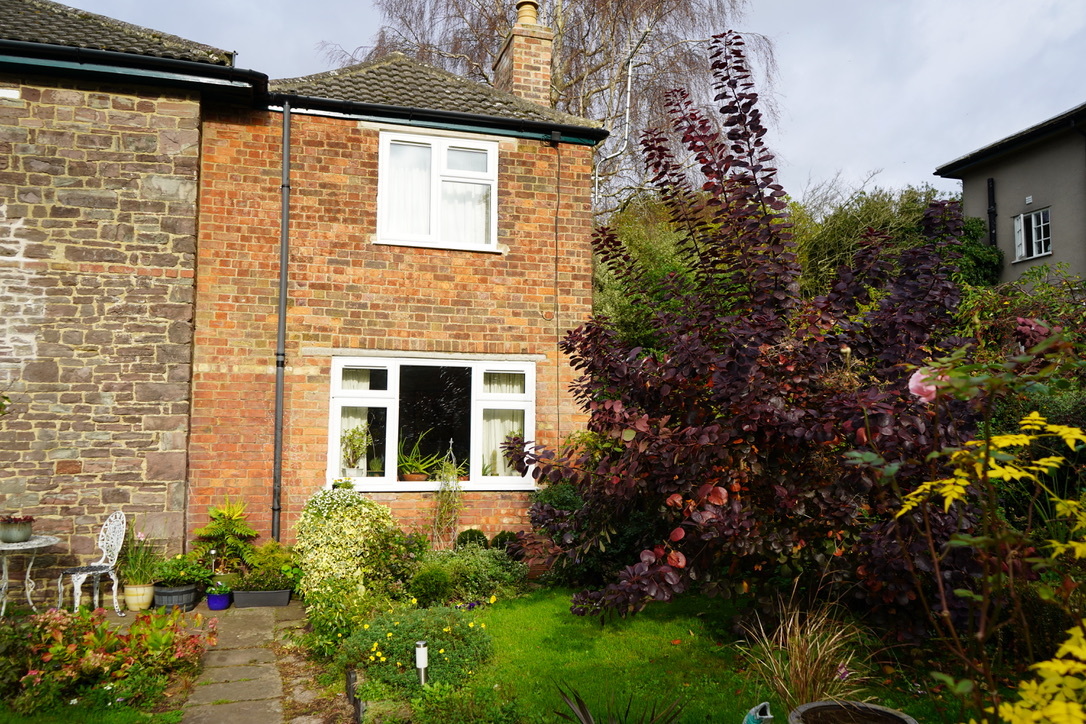
A small monument to someone who had one of the most important immune systems in history. It was a lovely little cottage, with a fine garden out front.
We headed back to the car to continue our adventures in the Cotswolds, albeit slightly changed and in awe. It is so very important that small museums like this exist in Britain, and that they continue to exist. There were quite a few fellow visitors that day, so I was pleased to see that it’s a popular place to visit. If anything, if you happen to visit Berkeley Castle, take a few minutes to walk to this Georgian house and learn a bit about medical history. You won’t regret it.
If you want to explore a gallery of all the pictures I took during our visit, check that out here.
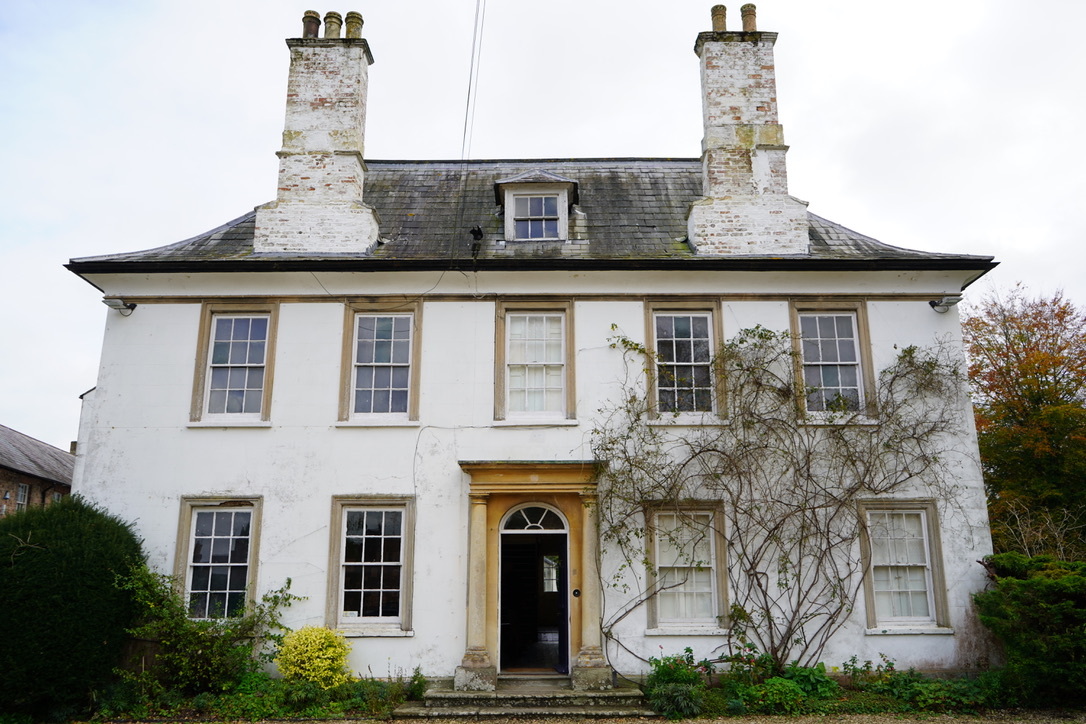
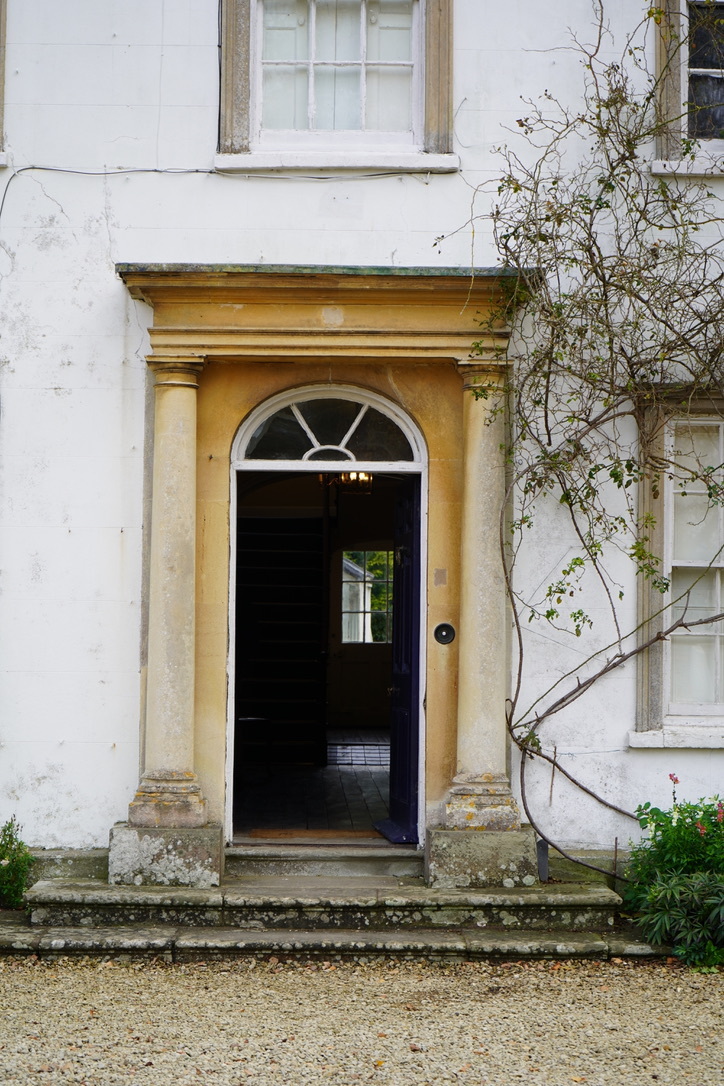
1 like
Post a reply